During one of the almost endless sales, I purchased an Alinco DJ-MD5 about a month ago. It came in today, I started the process of trying to figure out the radio (from a perspective of someone who never used DMR before or that particular radio).
My first observation: Remember that old argument “What came first the chicken or the egg?” Well there is a similar one for hams: “Which came first the radio or the manual?” In this case, the radio for sure, as the manual is useless.
The sites selling the radio call it a “Dual Band DMR 5W Part 90 Color LCD With GPS”. I’d guess that “part 90” means FCC Part 90 Certified, however the sticker inside the radio says it is FCC Part 15. Heck that’s scary. I’m fairly sure when I read the initial ad for the radio that it claimed to be Part 90 Certified. A search of the FCC database application indicates that it has been approved under FCC rules part 22 (Public Mobile Radio) and 90 (private land mobile): https://fccid.io/PH3DJ-MD5
The first mystery facing the user is how to get the radio to do anything, like bring up a local analog repeater. The answer to that task lies in understanding that the DJ-MD5 is part 22 and 90 certified. This means that most features of the radio are NOT accessible via the keypad (at least not initially) as users of those radio services aren’t allowed to do much more than select a channel to talk on. As shipped, the radio transmitter is disabled.
To solve that mystery, one must obtain the programming software and use a micro-usb cable to program the radio. Finding the software is a bit of a struggle, as there is no entry on the Alinco website. However, several amateur dealers link you to a commercial radio site that sells these radios, and happens to have links to the software and manuals:
https://www.remtronix.com/downloads/DJMD5_CPS_1.01.zip
I did not have to install the USB driver (probably because the proper driver was already installed on my PC — there are only a few makers of USB to serial interface chips). When I plugged the cable into the radio, it emitted a few beeps, then showed up on my PC as COM8. Also installing the software from the above link went well, and sure enough I was able to download the programming from my DJ-MD5 into the PC. A bit of messing around (flipping through more menus than you can shake a stick at), and I had changed it from powering up in the frequency mode, to the channel mode, and had programmed a local analog repeater into Channel 1, and my ZumSpot Simplex repeater into Channel 2. Being a DMR newbie, I figured that the DMR ID# I had applied for years ago would be entered as my radio ID — but who knows!
The analog stuff worked fine, usual decent signal reports. The DMR stuff will require more digging.
I did go through the radio menu, discovering how to turn on the GPS, and within a few minutes noted the time and date was closer to reality. Then going back into the radio menu, I found how to specify my timezone (GMT-5), and everything was correct. It took about 3 minutes for the initial capture from my easy chair inside.

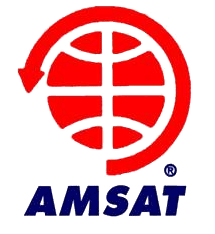
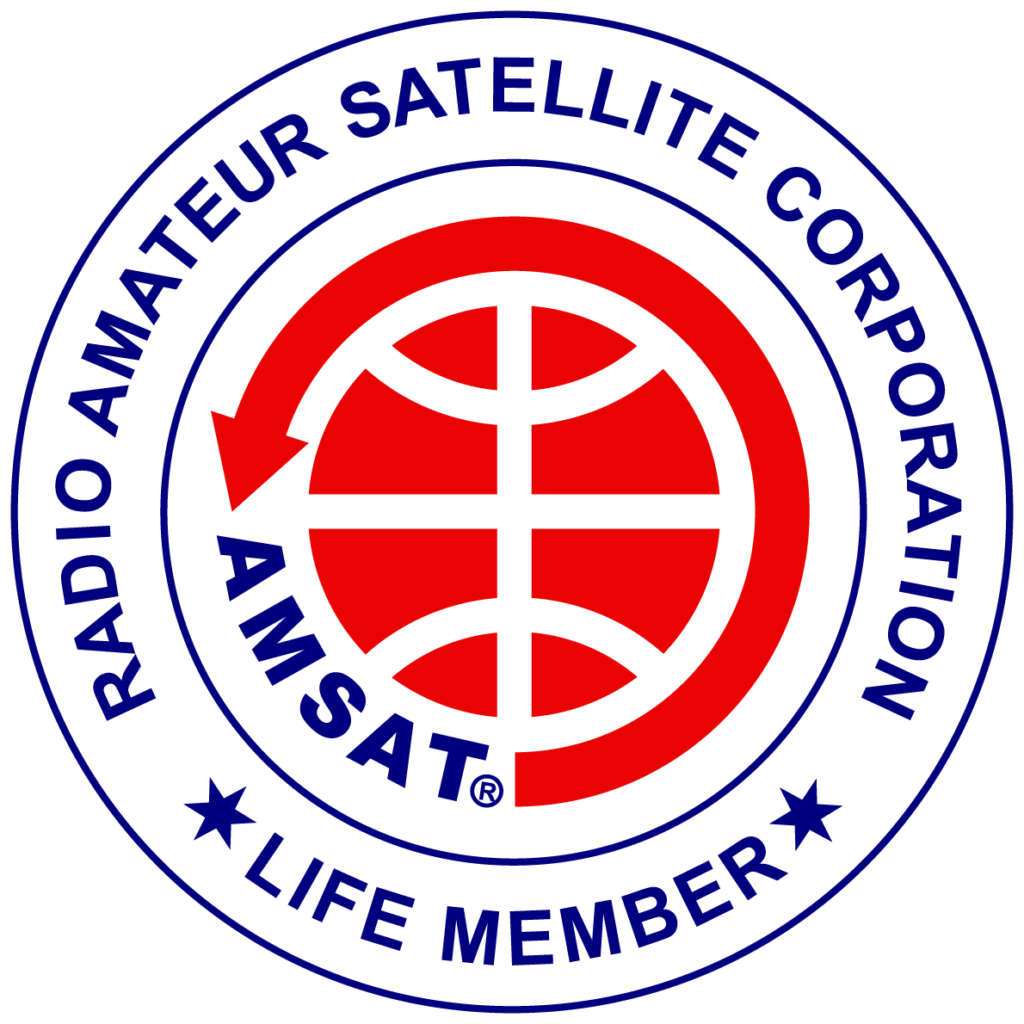
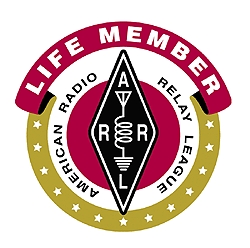

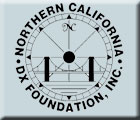
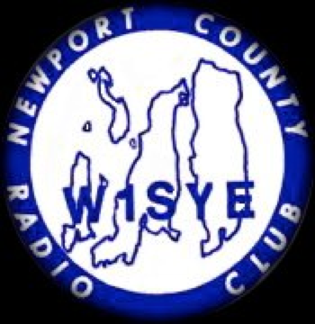
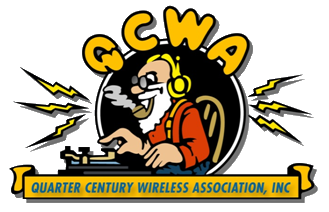
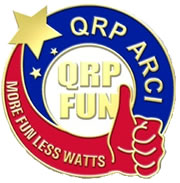
Thanks so much for all of the information you provided, it was very helpful.
Hi,
Thanks for the info! I just passed my tech exam Saturday (02/09/19) and got my call sign (KD9MKI) today (02/11/19). I have an old Baofeng UV-5R+ that I’ve used to listen in at work, but now want to get something better now that I can transmit. I’m torn between the Alinco DJ-MD5TGP and the Yaesu FT-70D. I like the display and several other things about the Alinco like it coming with a rapid charger. I like that the Yaesu has airband, but the closest major airport (Indianapolis International) is about 17 miles away, so I don’t know how much I’d pick up. Any suggestions on which one of the two to get? Thanks in advance!
Hi Adrian! First off, CONGRATULATIONS on getting your license, that is fantastic.
Maybe the best way to think of which radio you purchase is what is available in your area. The Yaesu FT-70D will run old fashioned analog-FM, as well as Yaesu System Fusion (YSF), which is their ‘brand’ of digital. The Alinco DJ-MD5 will run old fashioned analog-FM and DMR. So do you have nearby DMR or YSF repeaters? If so that might help you out.
Someone once told me that DMR was setup for commercial users and had a user experience that went along with that. When Hams try to use a DMR radio for their ham communication, they find the setup of DMR to be frustrating and confusing–not well aligned with how they ‘wish’ the radio worked. So DMR users often report frustration because of that. There are many things that I still don’t understand about properly configuring a DMR radio.
The YSF radio, on the other hand, was built to be used by hams and tends to line up well with what hams want. It has the concept of ‘rooms’ which is what you enter to discuss some shared topic. You could do that with a DMR radio by making a talk group, but it isn’t easy to leave one and join another. YSF is pretty simple.
Many users of all digital radios (DSTAR, YSF, DMR) actually use a local simplex repeater called a “Hotspot” because their HT doesn’t work effectively with their local repeaters (too far away). They user their Hotspot and their HT to connect via the internet to the remote repeaters.
I have found the Alinco DJ-MD5 to be the best DMR hand held radio yet. The concept of DMR “code plugs” seems overwhelming at first, but it is actually fairly straight forward. First program in the talk groups you want to use, as many as you want, think of these as rooms. Then program in the channels – frequency, labels, and the talk group assignment to that channel. Each channel is for a specific talkgroup and frequency. So in the case of a hotspot, the frequency would be the same on each channel, just the label and talkgroup is different. Once this is done simply set up the zones. Each zone is a bank of channels – maybe one for your hotspot, one for a trip to NY with the various DMR or analog repeaters – (remember on a repeater you still need a channel for each talkgroup). I found the software on the Alinco was better than the Ailunce, or even the Connect system software. I could easily copy/paste and put the channels in the order I wanted in the zones. It currently holds the entire database of DMR contacts and the display is the best of any radio I have used. The display can stay on and NOT drain the battery, WHY?, because it is OLED! (best feature of the radio). In my opinion the best DMR handheld in it’s price range. (I am sure there are some Motorola radios that are better, but not at this price)
Hi Manny,
What an excellent review and post you made. Thank you very much! It has inspired me to go back to that radio and give DMR another shot. I did, however, attempt to do exactly as you suggested, programming many different talk groups, then setting up several channels, each with my hotspot frequency, but a different talk group. I was not able to get that to work. No matter what I did, it seemed that I wound up with a national talk group (like the North America one) every time. But I’m happy you have that working. I must have done something wrong.
If I can get that figured out then I agree with you, it is an outstanding handheld.
73, Bob, WB4SON
Hi Bob!
I am also a DMR newbie, with the same HT and like you, once I “configured” all of the TG and assigned them to the channel and Zone, I couldn’t get my desired results. You were able to access the North America TG, but I was getting nothing. I figured out that I had to manually select the TG that I wanted to access (like Local). Once I did that, all was good. To do this, I had to click on “List”, then scroll to the TG, click select, then scroll down AGAIN and select the TG.
The funny thing is, I came here to your blog to find out if there was an easier way to switch TGs on this HT!!
73, Scott, K4SEH
Thanks for the tip, Scott. I haven’t tried it yet myself, but will soon. I sort of gave up on the DMR mode and went back to YSF, which seemed easier to work with. We are all sort of learning (especially myself) as we go along.
73, Bob, WB4SON
Hey a lot of great reads on the Alinco DJ-MDS. I am a newbie to amateur radio having just passed my technician, and a newbie to DMR, which is what initially attracted me to amateur radio. Unfortunately, the Alinco DJ-MDS has turned out to be a disaster for me, and no matter how hard I try I have not been able to get on the air with it, Furthermore, the code plugs for my area are older ones, and not compatible with my version of the Alinco radio, so no go there, and it has been back to manual entry, which it lengthy, and subject to mistakes. The one observation I have for this radio is that a good background in software is helpful. So if anyone can help me get off the ground I’d welcome your help
Any hams living in the Nevada/California area and want to write existings codeplugs to a variety of DMR Radios that will communicate to repeaters in those areas. Look up S.N.A.R.S., Sierra Nevada Amateur Radio Society. Becoming a member will entitle you to access to more privileges. Also look up Tony W7XM of Las Vegas on QRZ. He has a lot of codeplug designing experience. He is a helpful Elmer.
Thanks for the Information. I couldn’t figure out why the device was not recognize by Windows 10 until I read about the USB connector. That was gold. Thanks!